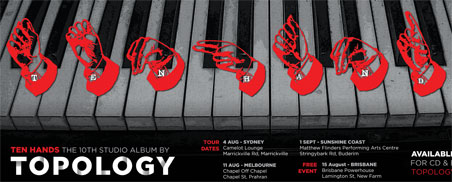
Toner digital printing uses the same process as your typical office colour copier, although commercial print machines output prints at a much higher quality. They have better colour reproduction and a wider range of paper size, styles and finishing options.
The process uses a dry powder toner which is fused onto the paper using a heat roller inside the machine, this melts the pigment onto the surface of the paper but does not penetrate the paper fibres. The term "digital" refers to the instant processing of a PDF computer file by the printer's RIP processor. Toner digital printing is mainly used when colour, or paper stocks are not critical to the job. Products used in digital printing with run lengths typically up to 500 include:
• Annual Reports
• Flyers and Post Cards
• Posters
• Catalogues
• Highly customized short run designs
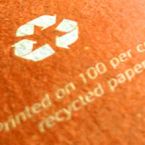
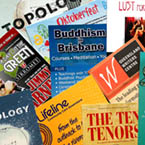
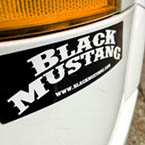
Indigo digital printing uses a similar process to toner digital (above) but delivers better quality. Indigo machines use the same range of paper size, stocks and finishing options as Toner Digital. Their process uses a wet ink similar to in consistancy to toothpaste. This is applied to the surface of the paper and is absorbed by the paper fibres. Indigo digital printing is mainly used when higher quality and speed is needed or when using textured paper stocks. Products used in digital printing with run lengths typically up to 500 include:
• Speciality textured stocks
• Annual Reports
• Flyers and Post Cards and Posters
• Colour critical jobs
• Catalogues
• Highly customized short run designs
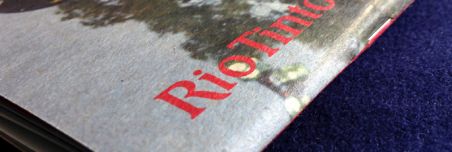
Wide / Large format digital printing refers to sizes larger than A3 printed using inkjet technology similar to your home/office inkjet printer. WFD printing can be divided into two main types, solvent and non solvent ink.
Solvent Ink
This process uses larger industrial type machines with solvent based inks to penertrate and adhere to the substrate. The advantages of this are that you can print onto almost any flat surface including: a wide range of durable and flexible outdoor banner materials, plastics, metal and wood... list goes on. Outdoor use, longevity and UV stability are the advantages of this process while still achieving a highl level of print quality. It is used for:
• Shadecloth and security fence wrap printing
• Outdoor banners with sewn edges and eyelets
• Security and information stickers
• Trade show signage
• Rigid outdoor signage
Non solvent ink (dyes and pigments)
This processs gives the highest quality print possible and is suitable for indoor or short term outdoor use. The advantages of these inks is high definition ultra sharp prints with unmatched colour quality. This process uses a range of speciality stocks to maximise print definition but cannot print onto any of the robust substrates that solvent can. Features of this process are: Indoor use, maximum colour gamut and brightness, speciality photography and textured stocks, short run lengths, products include:
• Sizes larger than A3
• Posters
• Pull up banners
• Photographic prints
